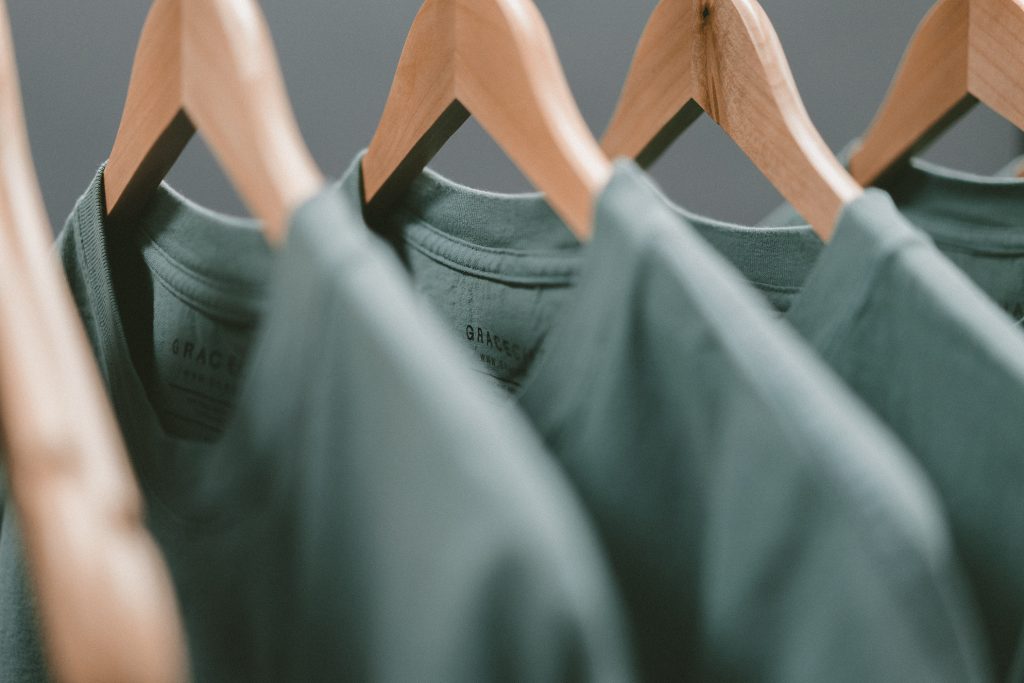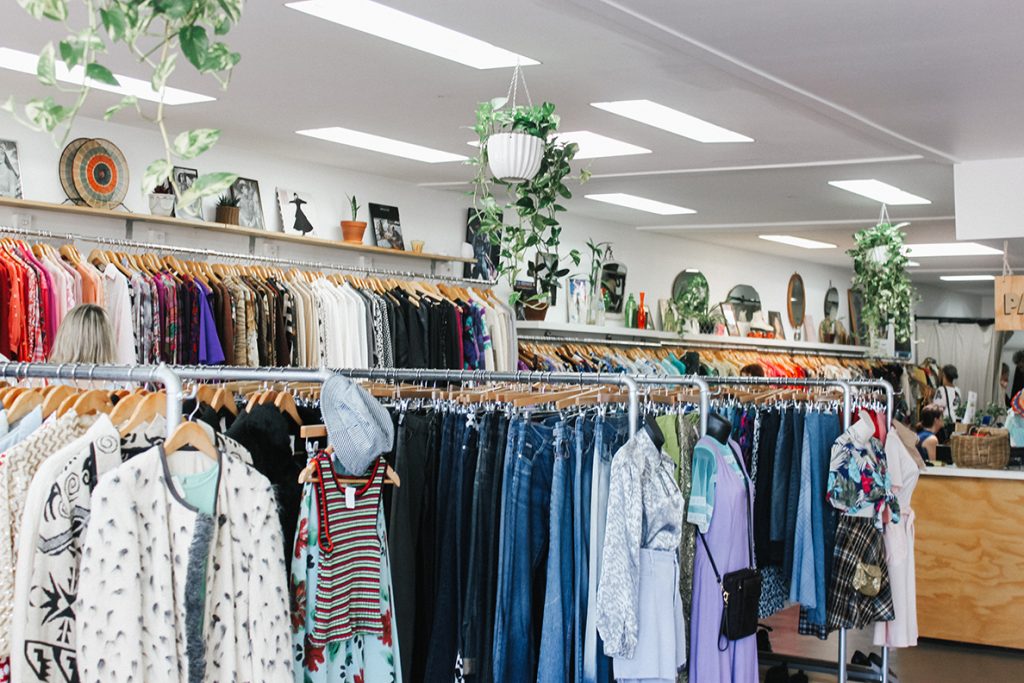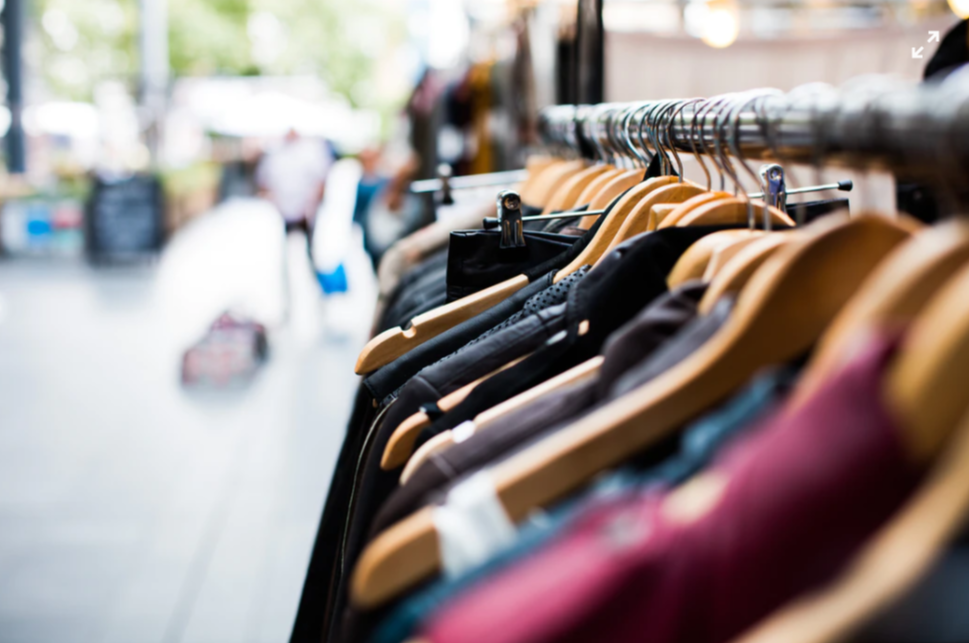As students, it can be incredibly difficult to make changes to our own lives to reduce our carbon footprints. We may lack direct control over our energy providers, our travelling needs and many other elements of our carbon footprint, which makes the elements we can control even more important.
Clothing is something that many students inevitably buy, it can be expensive, and the production of these items can be damaging to the environment. But – buying second-hand items is not only cheaper, it reduces the demand and production of new items, which positively impact the environment.

According to WRAP (Waste and Resources Action Programme), the value of unused clothing in wardrobes is around £30 Billion, and an estimated £140 million worth of clothing ends up in landfills annually. To reduce our carbon footprints, we need to reduce the impact of clothing sold to consumers, extend the life of clothes and increase the demand for pre-owned clothing.
WRAP also suggests the average lifetime of an item of clothing in the UK is 2.2 years, though extending the use of these clothes by 9 months would significantly reduce the environmental impact of those clothes. Clothes can last longer if they are taken care of well, if they are versatile and can be used in multiple outfits, if they are made from resilient fabric and if consumers are willing to repair clothing rather than just replace.
Fast fashion, the mass production of cheap and trendy clothes, which often go out of fashion quickly, and regularly end up in landfills. By reusing and recycling clothes, we promote sustainable fashion, rather than fast fashion. Fast fashion is the world second largest polluter after the oil industry, releasing the equivalent of 1.2 billion tonnes of CO2.

Overwhelmingly, reselling or donating clothes will further their life in cheaper and more sustainable ways. Buying second-hand or selling clothing for scrap fabric reduces the need to produce new fabric and clothing, and often second-hand clothing is far more affordable, something that benefits students carbon footprints and bank accounts. It’s impacts on the environment and on our individual lives make this one of the biggest changes students can make to their own lives, to reduce their carbon footprints.
by Dan Johnson, SGO Project Officer #actingtogether
 Sustainability
Sustainability Felicity Brambling-Wells
Felicity Brambling-Wells 4488
4488



As someone who started my career working in charity shops I wholeheartedly agree. I find secondhand clothes fun and original, and ultimately cheaper!
I also have a capsule wardrobe (47 pieces) which really encourages me not to buy more. Or – if I do buy more – I donate/recycle/reuse an older item. I find this helpful for staying organised.